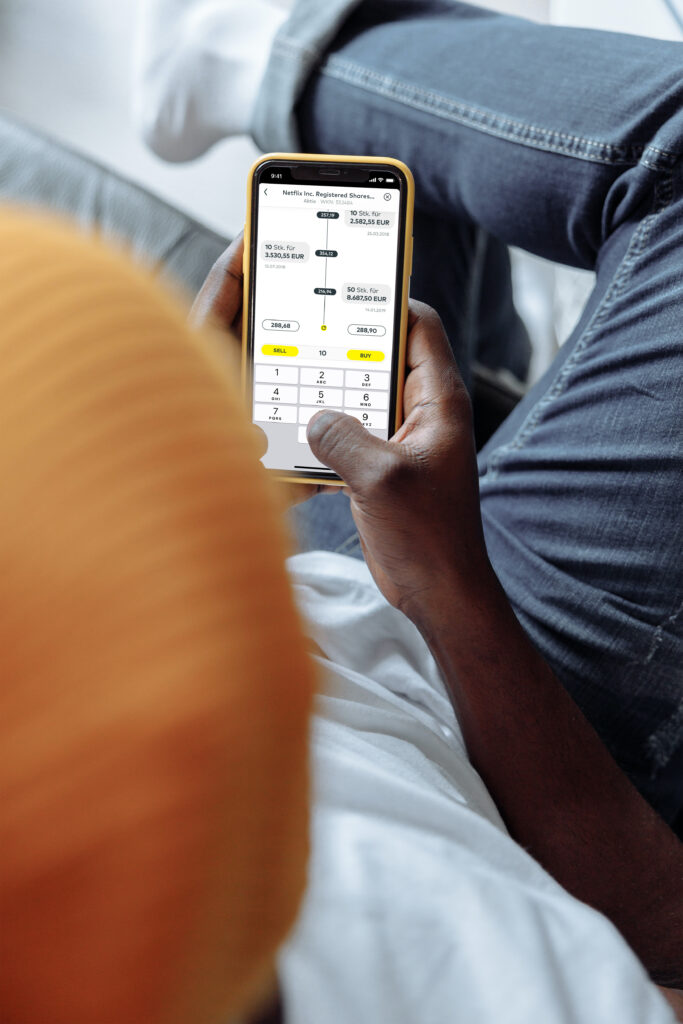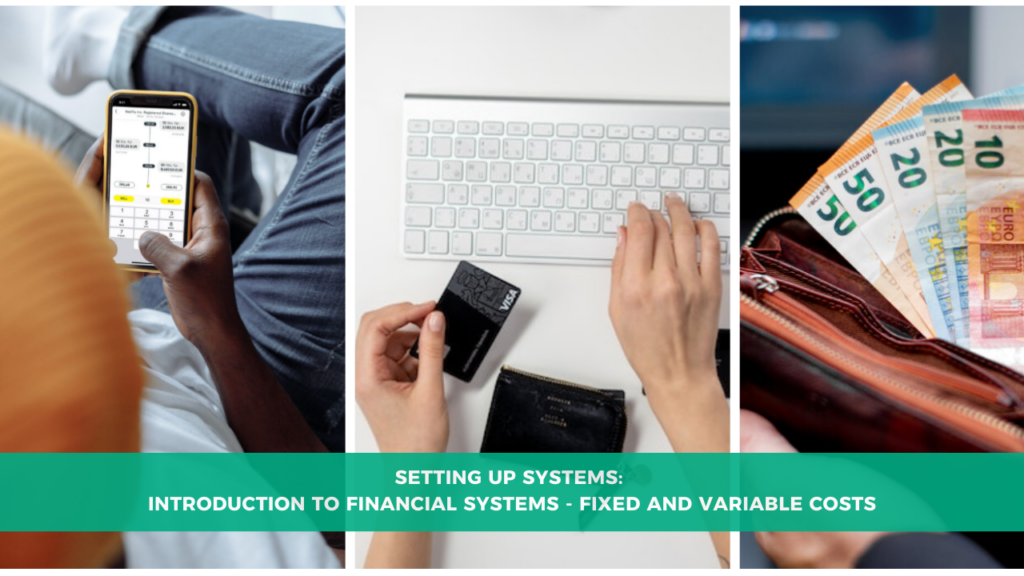Financial organization is one of the most powerful systems you can create. It not only helps reduce stress but also gives you a comprehensive understanding of your current financial picture and a roadmap for future goals. We’ll begin with fixed and variable expenses, looking at ways to reduce unnecessary costs, optimize what’s essential, and become more conscious of where our money goes.
Fixed Costs: Reduce and Reassess
Fixed costs are the expenses that stay consistent each month, such as rent, utilities, subscriptions, and loan payments. These are essential to budget for, but often, fixed costs can accumulate quietly over time. Here are some ways to cut back on your fixed costs:
- Evaluate Every Repeating Expense: Is that monthly subscription still serving you? Look through every fixed cost and decide if it truly adds value to your life.
- Seek Better Deals: For things like internet or insurance, it’s worth checking for better rates every so often. Even a quick call to your provider might lead to reduced costs or improved service.
- Eliminate Duplicates: Sometimes, we unknowingly pay for overlapping services, especially with subscriptions. Simplifying to one essential service can help you cut back without compromising quality.



Variable Costs: Setting Budgets for Conscious Spending
Variable costs, such as groceries, entertainment, and dining out, can fluctuate from month to month. If you want to maintain or even reduce these expenses, it’s helpful to track them for a few months to see where your money is going. Start by noting your spending for a 3-6 month period. If you need a template, don’t hesitate to contact me – I will start working on an English template shortly.
Once you’ve tracked these costs, you can decide if you want to:
- Set a Budget for Each Category: Knowing how much you typically spend lets you establish a budget that feels realistic and doesn’t lead to overspending.
- Prioritize What Matters: Does that daily coffee purchase genuinely bring you joy, or could a homemade coffee to-go become your new ritual?
- Batch Cooking or Meal Prep: Simple lifestyle shifts, like meal prepping, can reduce costs and save time, giving you one less decision to make during the week.
Organizing Bank Accounts: Structure to Support Financial Goals
With a clear understanding of your fixed and variable costs, let’s talk about bank accounts. Often, people have multiple accounts but may not use them optimally. Take a moment to review your accounts:
- How Many Do You Have? Determine whether each account serves a purpose or if you’re holding onto unused accounts.
- Are You Happy with Their Features? Evaluate if your accounts align with your needs—withdrawal fees, accessibility, cards, interests or international transaction fees may affect your choice.
- Do They Match Your Financial Goals? For instance, if you have one primary account, you might consider dividing funds to create a system that simplifies your money flow.
Here’s a simple structure you could try:
- Primary Account for Income & Fixed Costs: This is where your income goes, and from it, all fixed costs are paid. It’s the “heart” of your financial system.
- Secondary Account for Discretionary Spending: Separate from savings, this account holds your budget for variable costs, encouraging conscious spending.
- Savings or Emergency Fund Account (as Part of Your Primary Account or a Separate Account) : Keep a dedicated savings account/space for unexpected expenses or future plans. Having this separate from your daily spending ensures you won’t dip into it accidentally.
The result? A straightforward system that provides an instant overview of what’s available for essentials, savings, and guilt-free spending.



Credit Cards: Useful Tools with the Right Choices
Credit cards can complement your financial system, especially if used wisely. While rewards programs may appeal to some (like me), choosing a card that fits your lifestyle is more important than simply collecting points. If, for example, you’re not interested in rewards like travel miles, you might opt for a debit card (or for my German fellows: a credit-debit card), which deducts the amount instantly, helping you stay on budget more effectively.
Tips for Managing Credit Cards with Intention
- Stick to One or Two Cards: Simplifying to fewer cards makes tracking expenses easier.
- Pay Off Balances Monthly: To avoid (high!!) interest, aim to pay off your credit card balance in full each month.
- Use Spending Alerts: Most banks offer notifications that can help you stay on top of your spending, preventing budget drift.
The Essentials of Debt, Savings, and Investing
Organizing your financial life also means looking ahead. Debt, savings, and investments form the foundation for future stability. Here’s a structure that many have found effective:
- Tackle Debt First: Paying off debt, from highest to lowest interest, is a crucial first step. This method not only reduces overall debt but also saves you money in interest payments over time.
- Build an Emergency Fund: Once debts are paid off, focus on building a “cash buffer” of e.g. 3-6 months’ worth of expenses (or whatever feels like a good amount for you personally). This provides a sense of security against unexpected events and offers peace of mind knowing you’re prepared.
- Start Small with Investments: Investing can seem daunting, but it doesn’t have to be. Begin with accessible, low-cost investments, like index funds or ETFs. Consistency is more important than starting big, and over time, even small contributions can grow into significant assets. But this is a topic I want to designate a whole blog post to!
Conclusion: Empowering Your Life Through Financial Systems
Step 3 of the upside plan is all about establishing systems that make life easier, and there’s no area where this is more impactful than with finances. By assessing fixed and variable costs, setting up intentional budgets, optimizing bank accounts, and managing debt and savings with purpose, you’ll find yourself with a newfound sense of control and clarity.
This step isn’t just about money—it’s about creating a life with fewer stresses and more intentional choices. As you continue on this journey, each system you establish frees up time and mental energy, allowing you to focus more on the things that truly matter. 🌟



